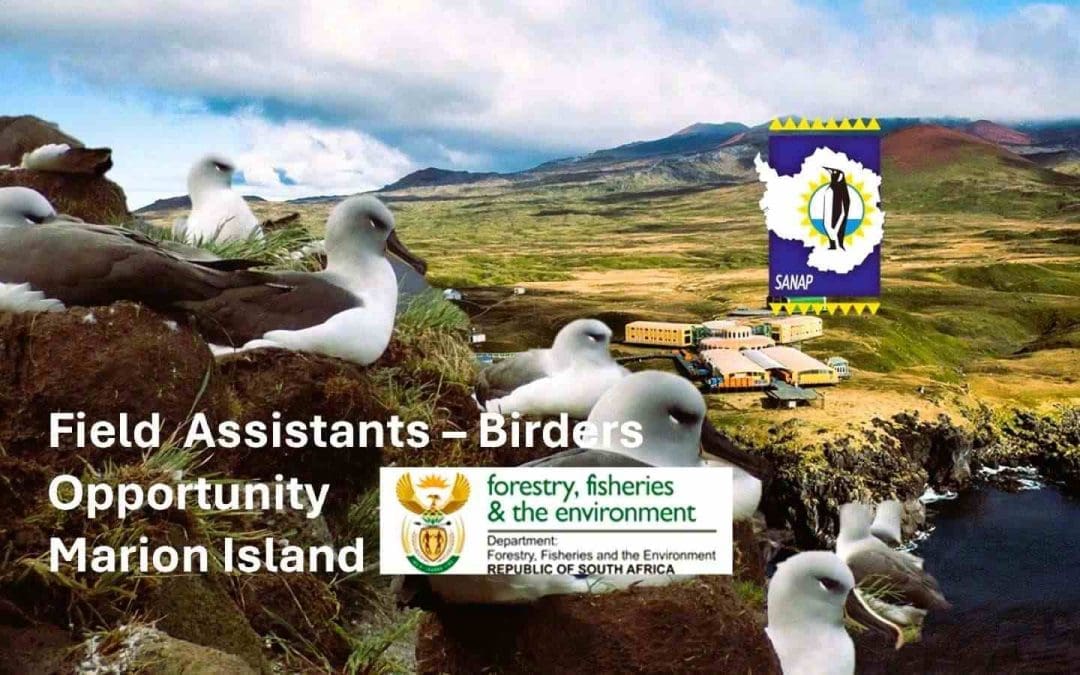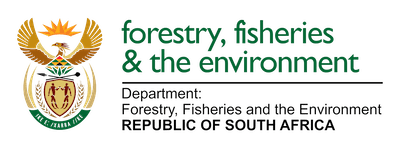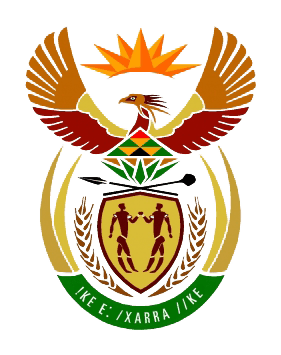
by Ria Olivier | Oct 7, 2025 | Antarctica, Current Event, Gough Island, International Days, Marine Protected Area, Marion Island
October marks the celebration of Maritime Month, a time when nations across the world reflect on the vital role that oceans, ships, and seafarers play in connecting the global community. In South Africa, a country with a proud maritime heritage and stewardship of some of the world’s most important sea routes. South Africa celebrates maritime month and highlights the significance of our oceans to trade, research, and environmental sustainability. As a nation deeply intertwined with the Southern Ocean, South Africa’s maritime strength extends far beyond its ports — it reaches all the way to Antarctica through the work of the South African National Antarctic Programme (SANAP).
Within SANAP, maritime excellence is at the heart of our operations. Each expedition to Marion Island, Gough Island, and Antarctica depends on the dedication and skill of South Africa’s maritime professionals — from the crews who navigate the S.A. Agulhas II, to the scientists and support teams who rely on her safe passage to conduct world-leading research in some of the planet’s most remote and challenging environments. As we celebrate Maritime Month, SANAP honours all those who make these voyages possible, and reaffirms our commitment to sustainable ocean science, environmental protection, and the advancement of South Africa’s blue economy.
Marine Month 2025: 1 to 31 October
- National Marine Month creates awareness of South Africa’s marine and coastal environments and the benefits that our oceans bring to our nation. South Africa is nestled between two currents; the warm Agulhas Current with rich ocean biodiversity and the cold Benguela. These currents, in addition to the cold southern oceans, are key drivers of South Africa climate and rainfall conditions. South Africa’s different climatic zones, with its different bio-diversities, agricultural and economic activities, are shaped by the availability of one of our scarcest resources, namely fresh water.
Feature Photo: Taken by Jean Brundrit with a lens made with ice – read more here

by Ria Olivier | Sep 25, 2025 | Announcement, Jobs, Marion Island, News, Overwintering Team, Research, SANAP, Science, Southern Ocean, Stations, sub-Antarctic, Team member

The following positions are available on the sub-Antarctic, Marion Island for the overwintering period (April 2026 to May 2027)
Environmental Officer Assistant Environmental Officer
Communications Engineer Diesel Mechanic Electrical Engineer Medical Orderly
Senior Meteorological Technician Assistant Meteorological Technician
Closing Date: 06 OCTOBER
The incumbent will execute duties at a Sub/Antarctic Base and adhere to the health, safety and environmental requirements. The successful applicant will spend a full year (April 2026 to May 2027) at Marion Island. There is no option to return to South Africa before May 2027. The ability to work and live with small groups of people is thus essential. Although the base is well-equipped with e-mail, fax and satellite telephone facilities, the applicant must be self-sufficient and self-motivated.
Click here: View all positions

by Ria Olivier | Sep 23, 2025 | Antarctica, Gough Island, Heritage Day, Important Dates, Marion Island
Heritage Day on 24 September recognises and celebrates the cultural wealth of our nation. Across South Africa, people reflect on our shared histories, diverse traditions, and the heritage that continues to shape our identity.
 Antarctic Legacy of South Africa (ALSA) collaborated with Iziko Museums of South Africa in Cape Town to highlight a special part of our heritage – our polar research history. Visitors to the museum will encounter banners dedicated to South Africa’s polar heritage.
Antarctic Legacy of South Africa (ALSA) collaborated with Iziko Museums of South Africa in Cape Town to highlight a special part of our heritage – our polar research history. Visitors to the museum will encounter banners dedicated to South Africa’s polar heritage.
 Iziko Museums in Cape Town host a permanent exhibition the Sentinels of The South – (above the display of South Africa’s first explorers:
Iziko Museums in Cape Town host a permanent exhibition the Sentinels of The South – (above the display of South Africa’s first explorers:
“The exhibition examines the history, discoveries and current role of South Africa’s Antarctic and Southern Ocean exploration. It takes visitors through the background and challenges of early Antarctic exploration, and South Africa’s contribution to it. The rich and unique biodiversity found on these islands, and the part the islands play in helping us understand some of the global issues affecting everyday South Africans, are highlighted. The exhibition also showcases South Africa’s multidisciplinary Antarctic scientific endeavours, our state-of-the-art research facilities, and our flagship research vessel, the SA Agulhas II.”
On Heritage Day visit the IZIKO museum in Cape Town to learn about South Africa’s Polar Heritage
South Africans celebrate Heritage Day by remembering the cultural traditions and histories that make up the fabric of our nation. Across the country, various events bring communities together in celebration.
Visit and Discover
On Heritage Day, we invite you to visit Iziko Museums in Cape Town and immerse yourself in South Africa’s Polar Heritage. Learn more about our explorers, scientists, and the role our country plays in global Antarctic research.
Heritage is not only about where we come from – it is also about the legacies we build for the future. By celebrating our polar research heritage, we acknowledge the contributions of South Africans past and present, ensuring that this important story remains part of our national identity.

by Ria Olivier | Aug 12, 2025 | Announcement, Ecology, Environment, Invasion Biology, Jobs, Marion Island, Mice Eradication, Microbiology, Research
 Postdoctoral Fellowship: Understanding Mouse Impacts on Sub-Antarctic Marion Island at Department of Plant and Soil Sciences, University of Pretoria. (image: Otto Whitehead)
Postdoctoral Fellowship: Understanding Mouse Impacts on Sub-Antarctic Marion Island at Department of Plant and Soil Sciences, University of Pretoria. (image: Otto Whitehead)
An exciting postdoctoral fellowship is offered on our South African National Antarctic Programme project “Towards a comprehensive understanding of impacts of the invasive house mouse on the terrestrial biodiversity of Marion Island”. Sub-Antarctic Marion Island is one of the most isolated landmasses globally. The house mouse invaded the island in the early 1800s, and its impacts are manifold, and intensifying under climate change. This project aims to fill gaps in understanding mouse impacts on the island, with the purpose of informing the planned mouse eradication. This position will provide exciting opportunities to work on excellent long-term and/or spatially well-sampled datasets and inform island management.
Full Details and Advertisement
Additionally, opportunities to collaborate locally and internationally exist within this project. We are looking for a candidate with expertise in one or several of the following, or related fields: community ecology, isotope ecology, entomology, botany, trait ecology; or with an ability to learn the necessary skills. Their primary responsibility will be conducting and leading research into one or several of these themes. Opportunities for student supervision and teaching also exist.
Closing Date : 29 August 2025

by Ria Olivier | Aug 9, 2025 | Antarctica, Gough Island, Humanities, International Days, Legacy, Marion Island, SANAE, Southern Ocean, Women in Science
Celebrating the Women of SANAP this Women’s Month
Ukubhiyozela Amabhinqa SANAP kule Nyanga Yabafazi
Sibungaza Abesifazane SANAP Kule Nyanga Yabesifazane
Ho Keteka Basali SANAP Kgweding ya Basadi
Ons Vier die Vroue van SANAP in Vrouemaand
 Each year on the 9th of August, South Africans of all backgrounds, races and cultural groups join together in celebrating National Women’s Day. This significant day, and the month of August as a whole, offers us the opportunity to honour the remarkable women who continue to shape the South African National Antarctic Programme (SANAP). From overwintering team members braving the extremes of Antarctica, Marion and Gough Islands, to the researchers expanding our understanding of climate, ocean, and biodiversity systems — their contributions are integral to SANAP’s mission.
Each year on the 9th of August, South Africans of all backgrounds, races and cultural groups join together in celebrating National Women’s Day. This significant day, and the month of August as a whole, offers us the opportunity to honour the remarkable women who continue to shape the South African National Antarctic Programme (SANAP). From overwintering team members braving the extremes of Antarctica, Marion and Gough Islands, to the researchers expanding our understanding of climate, ocean, and biodiversity systems — their contributions are integral to SANAP’s mission.
 We also pay tribute to the women behind the scenes: administrators, logistics coordinators, construction workers, and technical staff who ensure the success of every expedition and the operation of our remote bases. These women embody resilience, leadership, and innovation in one of the world’s most challenging environments.
We also pay tribute to the women behind the scenes: administrators, logistics coordinators, construction workers, and technical staff who ensure the success of every expedition and the operation of our remote bases. These women embody resilience, leadership, and innovation in one of the world’s most challenging environments.
As we celebrate Women’s Month, SANAP proudly acknowledges and thanks all women — past and present — whose dedication and excellence drive our programme forward.

by Ria Olivier | Aug 5, 2025 | Jobs, Marion Island, Ornithology, Overwintering Team, Uncategorised
Now Recruiting: Field Birder Assistants for Marion Island 2026–2027!
Do you dream of working with seabirds in one of the most remote and ecologically important locations on Earth? The South African National Antarctic Programme (SANAP) is calling for two passionate and resilient individuals to join a pioneering research expedition to Marion Island as Field Birder Assistants for the 2026–2027 overwintering team.
ADVERTISEMENT
Successful candidates will spend over a year (April 2026 – May 2027) stationed on Marion Island, a sub-Antarctic territory and vital breeding ground for seabirds and marine mammals. This unique opportunity offers a once-in-a-lifetime chance to contribute to long-term conservation efforts and seabird monitoring in a truly wild and isolated environment.
CLOSING DATE 25 AUGUST 2025
As a Field Birder Assistant, your role will include:
-
Conducting biological research, fieldwork, and monitoring activities in line with detailed work plans developed by the project managers.
-
Making independent decisions in the field regarding work priorities and protocols, often in challenging and unpredictable conditions.
-
Handling seabirds, including both adults and chicks, with empathy, care, and attention to minimizing stress or harm to the animals.
-
Maintaining accurate records and databases, ensuring all data is well-organized and up to date.
-
Reporting regularly to project managers and providing progress updates on fieldwork and research activities.
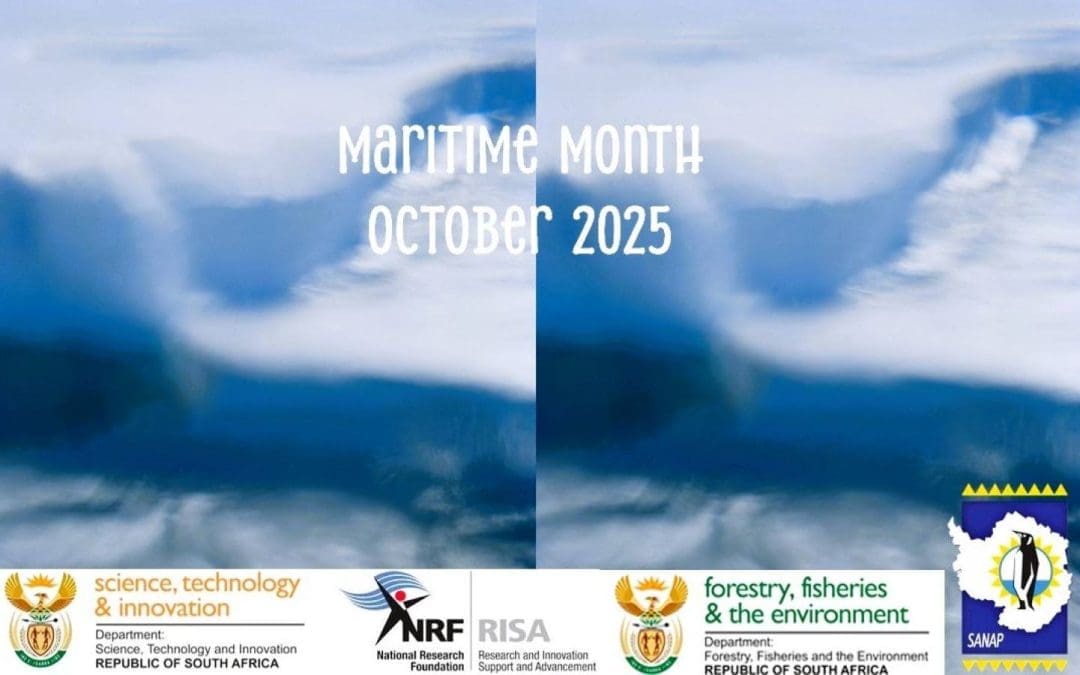
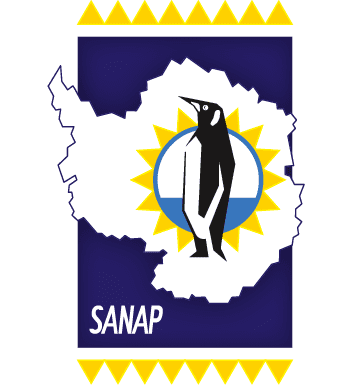
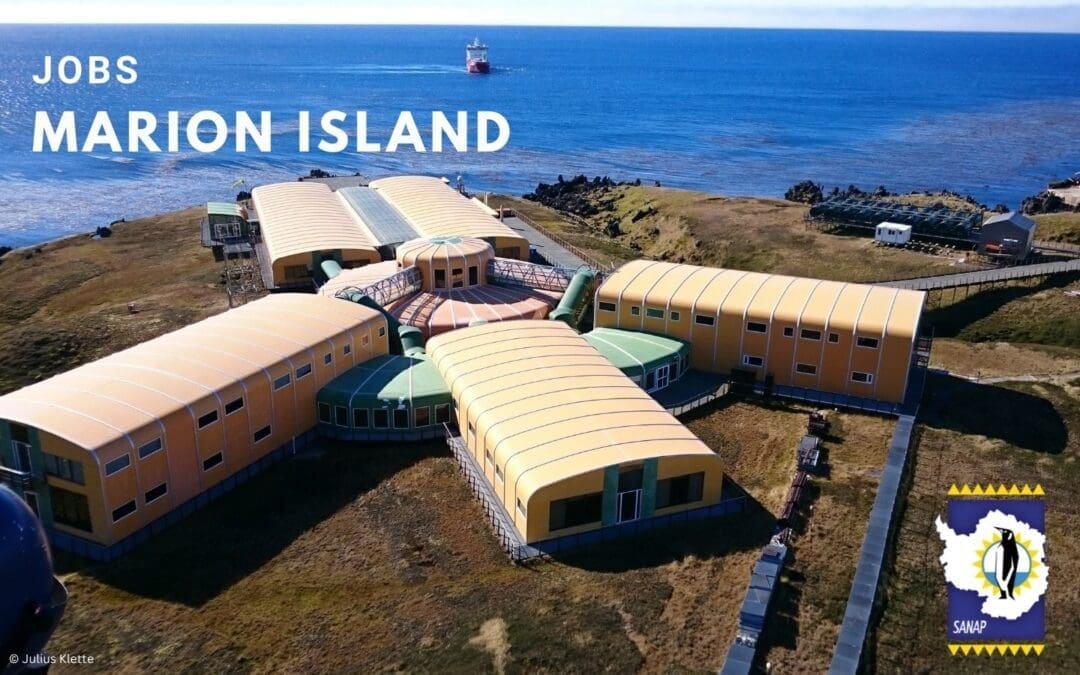

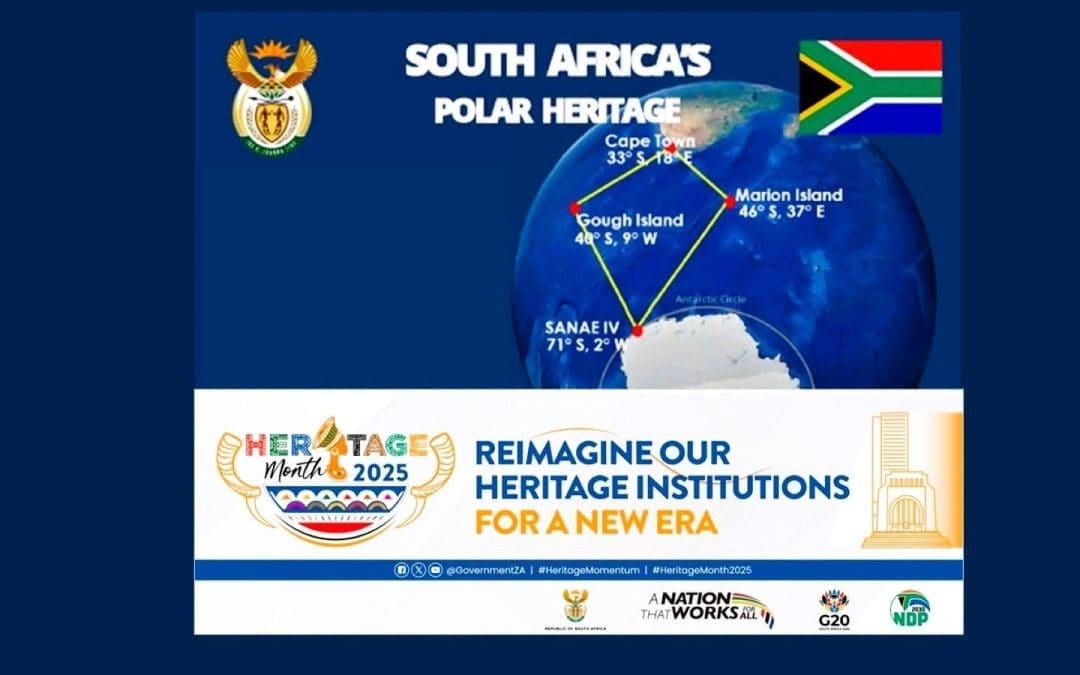
 Antarctic Legacy of South Africa (ALSA) collaborated with Iziko Museums of South Africa in Cape Town to highlight a special part of our heritage – our polar research history. Visitors to the museum will encounter banners dedicated to South Africa’s polar heritage.
Antarctic Legacy of South Africa (ALSA) collaborated with Iziko Museums of South Africa in Cape Town to highlight a special part of our heritage – our polar research history. Visitors to the museum will encounter banners dedicated to South Africa’s polar heritage.
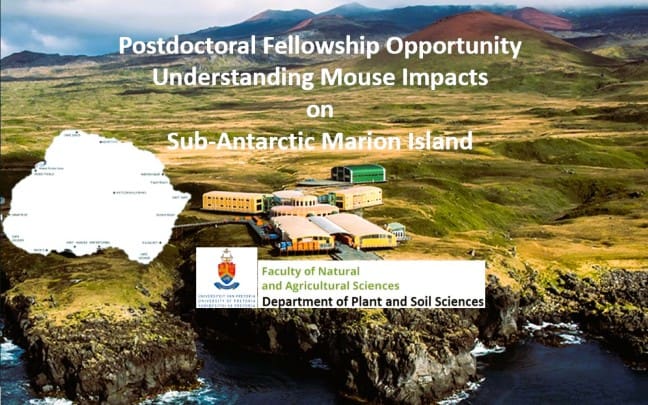
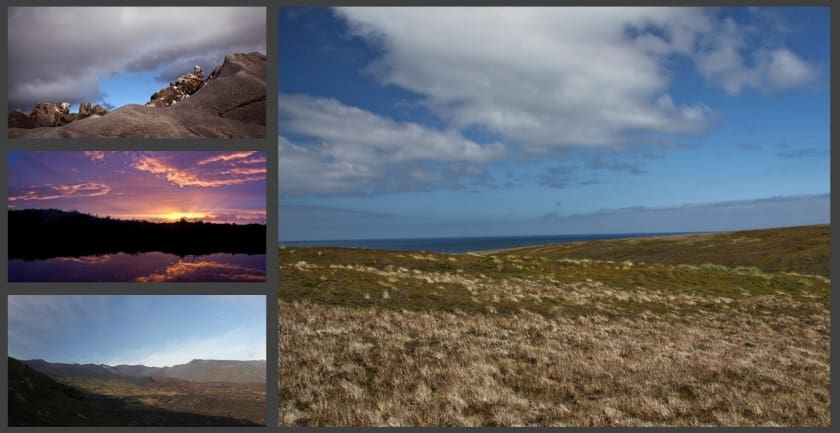 Postdoctoral Fellowship: Understanding Mouse Impacts on Sub-Antarctic Marion Island at Department of Plant and Soil Sciences, University of Pretoria. (image: Otto Whitehead)
Postdoctoral Fellowship: Understanding Mouse Impacts on Sub-Antarctic Marion Island at Department of Plant and Soil Sciences, University of Pretoria. (image: Otto Whitehead)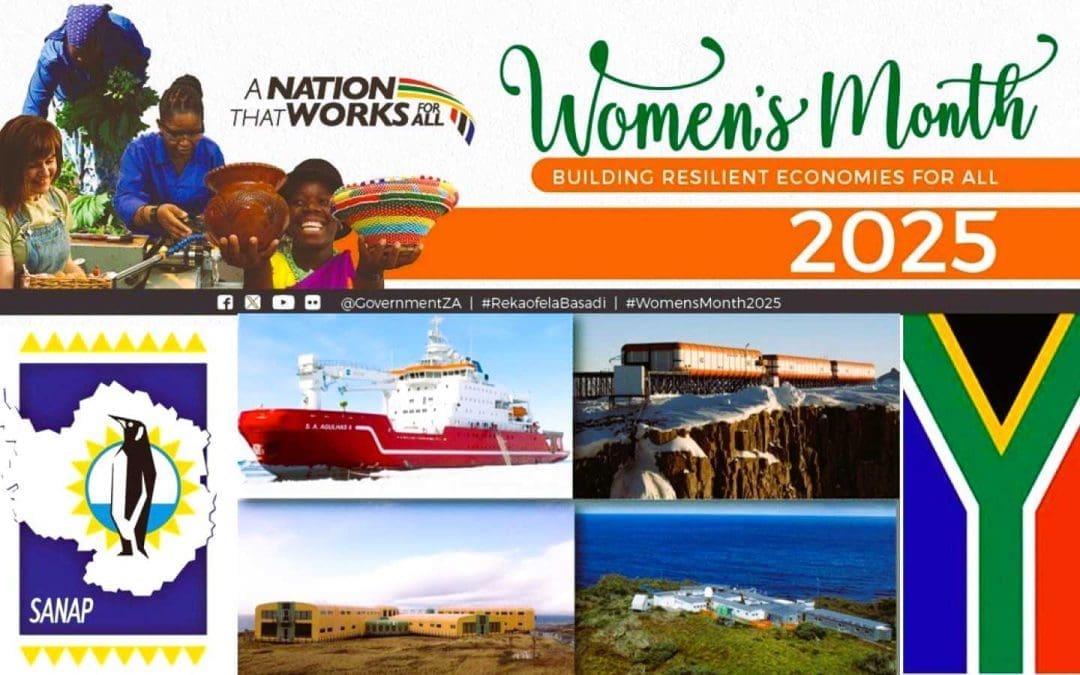
 Each year on the 9th of August, South Africans of all backgrounds, races and cultural groups join together in celebrating
Each year on the 9th of August, South Africans of all backgrounds, races and cultural groups join together in celebrating 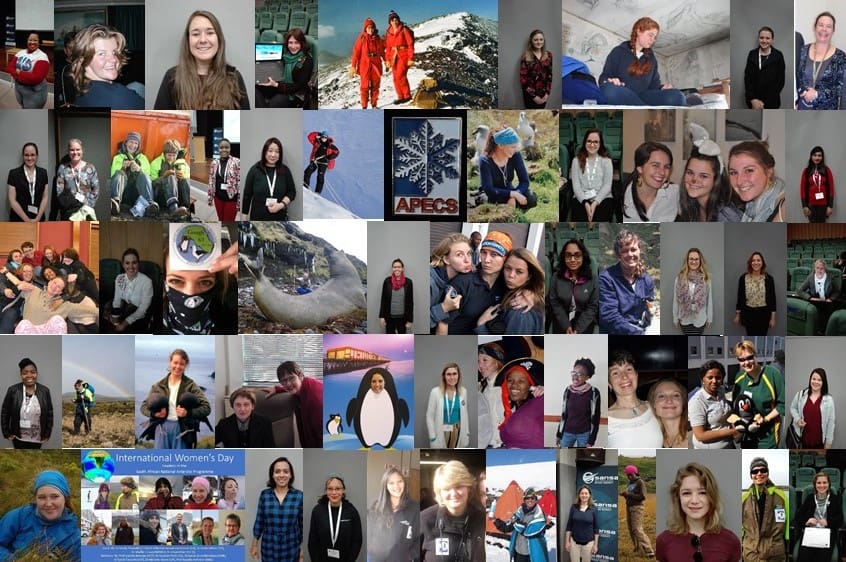 We also pay tribute to the women behind the scenes: administrators, logistics coordinators, construction workers, and technical staff who ensure the success of every expedition and the operation of our remote bases. These women embody resilience, leadership, and innovation in one of the world’s most challenging environments.
We also pay tribute to the women behind the scenes: administrators, logistics coordinators, construction workers, and technical staff who ensure the success of every expedition and the operation of our remote bases. These women embody resilience, leadership, and innovation in one of the world’s most challenging environments.